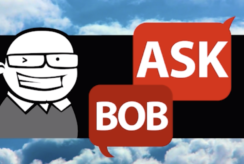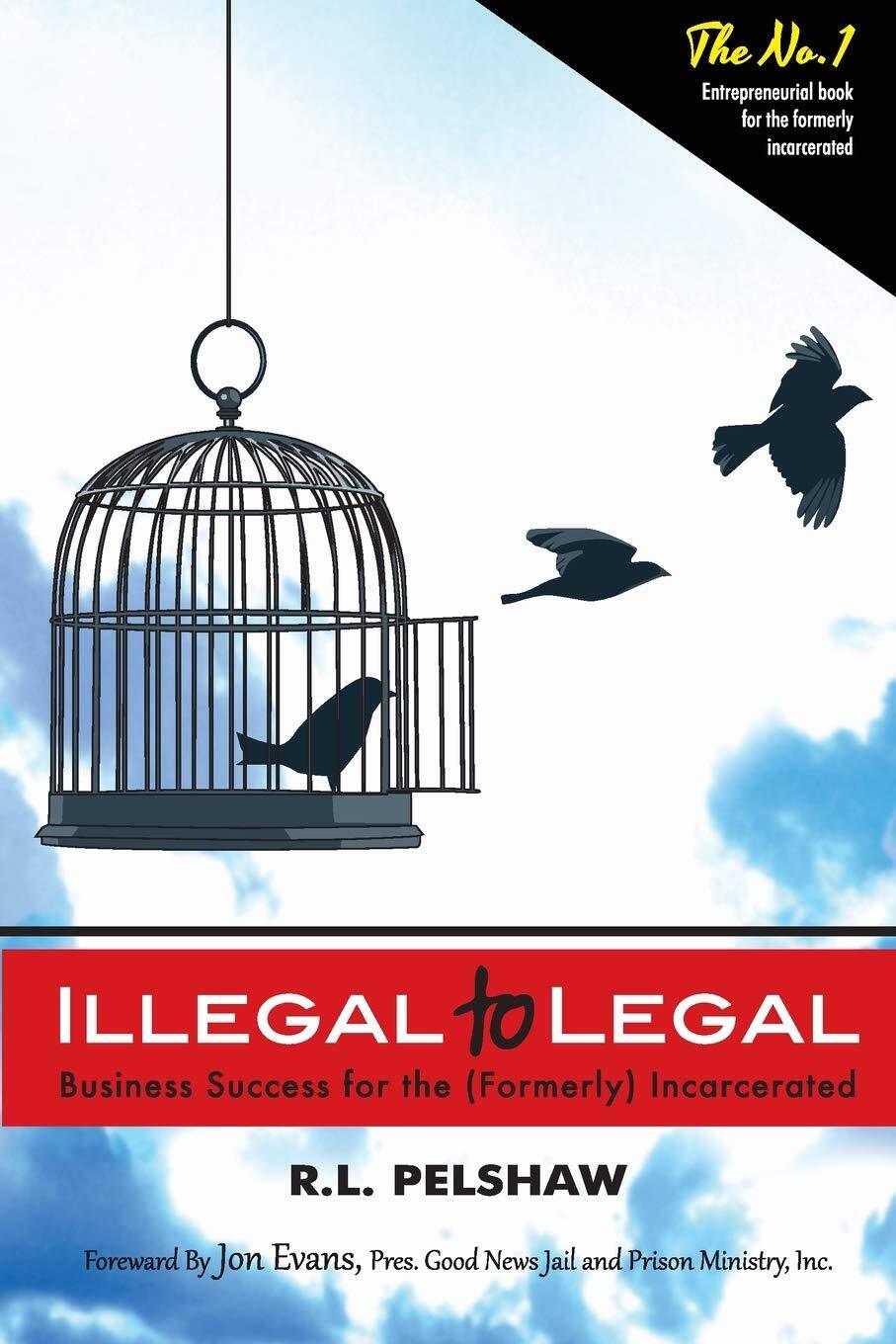Christopher T., aka “The Boi” from Norman OK, saw my book and asked me, “Bob, how do I get a © and a ®?” Thanks for asking Christopher!
Just because it’s you who asked, I’m not only going to answer that, but I’ll also give a brief review of what these are, what they do, and ways to get them. By the way, this Ask Bob was the hardest for me to write, and took the most time to research, but you’re worth it!
These are deep topics that have mountains of laws, lawyers, and books on them. People have dedicated their whole careers to this, but I will make a meaningful overview for you.
I’m not a lawyer so I’m not giving legal advice, but will explain things as a businessman, and how to make money or protect your work with copyrights and trademarks.
Plus my wife’s an artist so I’ll share a little bonus from her perspective too.
Before talking about copyrights and trademarks we need to explain what intellectual property is, which is what you file a copyright © or trademark ® on.
Intellectual property is a fancy legal term which basically means you own or created something like a:
- book
- brand
- design
- poem
- slogan
- song
Did you know the simple yellow smiley face “Have a nice day” symbol is intellectual property that was trademarked? That means it’s registered and can legally have a ® next to it. The owner of the smiley face has literally made hundreds of millions of dollars from charging others to use it.
The process of charging others to use something is called “licensing.”
For every smiley face success story there’s thousands who haven’t earned anything from a trademark or copyright. Then why have them? To protect what you own so you can promote it. Most things, whether it’s a business, book, song, or logo, needs to be promoted to generate revenue. Show me the money! Promotion isn’t always online ads, its often good ole fashioned networking and your own personal direct marketing efforts.
Generally the trademark ® is used to register or set apart a brand or phrase that you can prove you created. The date you created it, put it in use, and/or registered or copyrighted it are the best ways to prove you own it. You obviously need to prove and protect your ownership of your intellectual property to make any money from owning it. I say “protect” because if it’s something cool people will try to copy or steal it.
Bonus art selling practices with copyrights in mind.
When my wife sells a painting, or any art work, it’s common practice for the artist to retain the copyright to the image, even though they sold the actual artwork. This is important because it gives you the right to create digital images, prints, ads, whatever, from your art. If you sell art, keep a copy of the sales receipt, and make sure your receipt says “Artist sells the artwork, but retains the copyright to this image.”
Having a name for the piece, and keeping a list of them, helps document your ownership of the copyright in the future. This is very important if you want to make an NFT out of your art. NFT is a “non-fungible token” which can be a digital art image. That’s another Ask Bob article, if someone asks me.
Getting copyrights or trademark is one way to prove ownership of your creation, but not the only way.
Don’t pay a lot of money for a copyright or trademark. You can do them yourself, sometimes for free as I will show you. If you create music, send yourself a certified letter with the recording inside, don’t open it, and you can use that to prove a legal copyright. With social media everyone is a content creator, so the safest habit to get into is to add the © symbol on all of your work, like I do, even if you don’t spend the money to file the ©. It’s not perfect, but it’s free and usually enough to prove your ownership.
If you have a website, most website hosting companies include a copyright for you, right on your website. Making social media posts that include the symbols is another way to prove you created it. But be careful because you’ve just made it public, so filed copyrights and trademarks are the best way. Copyrights are good for the life of the author plus 70 years, with no forms needed to keep it active.
“Publishing” your intellectual property is the easiest way to get a © filed. You can publish for free with Smashwords, Kindle Direct Publishing (an Amazon company), and a host of other platforms. By using their service to publish your book or printed work they automatically get you a free copyright, a barcode, and an ISBN number. These are all required to sell your work through distributors, retail stores, Amazon, libraries and other cool places, and having one gives you further protection and credibility.
If you want to copyright something directly you can do it through the US Copyright office.
Fees start at $45/piece for electronic filing at their website copyright.gov or $125/piece for paper submittals mailed to them. You should know that they are moving to make more/most of the application process online. Trademarks are already 100% online applications, and the copyright application forms are only available online. It goes without saying, here’s another instance where it sucks not having access to the internet, but hopefully you have someone who can help you when you’re ready to copyright or trademark something.
Trademarks are a bit more complicated than a copyright.
There’s only one way to get a trademark ® and that’s filing the paperwork through the Patent & Trademark Office. They only accept online applications and no longer accept mailed applications. They have a lot of really cool services, advice, and help – if you have access to the internet. The first thing you, or someone outside helping you, should do before spending anything to file a ® is to do a free search on their website to see if someone else has already filed a trademark registration for the specific thing you want to trademark.
Applying for a trademark doesn’t mean you’ll get one, and they take time to process. You should know that your application for a trademark becomes a public record, including your name and contact information. If you still want to file, try doing it yourself, and if you need to hire help, use the ones listed on the Patent & Trademark Office website.
Once you have a ® you must use your trademark, and file renewal documents from time to time, to keep it active. If you sell or transfer your trademark, you need to file forms with the Patent & Trademark office also. WHEW!
US Copyright Office US Patent & Trademark Office
copyright.gov uspto.gov (online applications only)
I hope you are able to achieve your dream of having a © or ®. Focus first on creating something worth registering, then take it from there. Good luck!
© 2022 Pelshaw Group, Inc. Used with permission.
Ask Bob is an advice column by Bob Pelshaw, formerly incarcerated citizen, successful entrepreneur, speaker, and author of the award winning Illegal to Legal: Business Success for the (Formerly) Incarcerated. (Book and workbook available on Amazon). Bob also provides content to Edovo, GTL, PayTel, and jails and prisons nationally.
Ask Bob answers questions about life, successful re-entry, starting a business and entrepreneurship, and most anything that adds value, except the column does not cover legal issues, sentencing matters, or case issues. To ask Bob a question, write to him at:
ASK BOB
c/o Pelshaw Group, Inc.
PO Box 460671 Papillion, NE 68046



